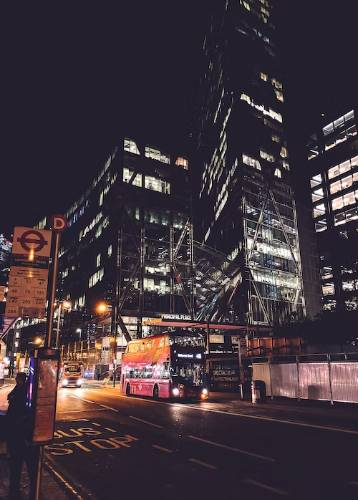UK real estate
UK real estate

UK real estate: Is the UK real estate market returning to the '70s?
The UK has surprisingly mimicked the 1970s in a number of ways during the past several months. Many are less enjoyable than others, yet some are. In terms of culture, ABBA has reformed (at least virtually). Jeans with flared legs are back in style.Unluckily, inflation has also increased, fueled in part by the conflict in Ukraine and a rise in the cost of gas and oil. Workers are on strike in protest of lower pay. There are concerns that the economy could enter a recession as a result of the Bank of England hiking interest rates.Some UK real estate investors wonder if we're ready to have another spectacular boom-and-bust cycle like the one that occurred in the 1970s. In our opinion, no.Overall, UK real estate is less indebted, more transparent, and has a wider investor base than it had in the 1970s, albeit recent years have seen a decline in construction activity. As a result, while we anticipate certain challenges for the real estate market, we do not anticipate the same level of difficulty as 50 years ago.What took place in the 1970s?
The 1970s weren't a terrible decade for UK real estate when looked at as a whole.Between 1970 and 1980, the retail prices index (RPI), which measures inflation, averaged 13.8% a year (p. a.). Average annual total profits from UK real estate were 16.3%.However, a significant slump occurred in the middle of the decade, sandwiched between two periods of robust performance. Over the three years leading up to the end of 1973, real estate returns averaged 24.4% p.a. In real terms, this equated to 14.1% p. a. (adjusted for inflation). Over the four years leading up to the end of 1980, the real estate market returned 23.0% per annum (8.7% per annum in real terms).In contrast, for the three years leading up to the end of 1976, real estate total returns decreased to 0. 8% p. a. This translates to a real-world annual rate of -15.7%.Why did performance fluctuate so much?
The robust performance in the beginning of the 1970s was mostly fueled by the "Barber boom," a period of fast economic growth. The Barber boom is the name given to a set of initiatives that then-Chancellor of the Exchequer Anthony Barber put out in an effort to make a "dash for growth." The measures were centered on aggressive fiscal policy, notably a number of tax cuts, with the goal of bringing about a quick period of economic expansion. It initially worked. The Barber boom first increased rents and occupier demand. However, from 1974 to 1975, the economy experienced a downturn. The cost of oil doubled. Coal and energy supply were halted due to a miners' strike. The minimum lending rate, which served as a precursor to base rate, was increased by the Bank of England (BoE) from 7.5% in June 1973 to 15% in October 1976. In 1973, 10-year government bond yields were 11%; in 1974, they were 17%; and in 1975–1976, they were 15%.The increase in interest rates had two effects on the capital values and returns of real estate. First, despite an increase in inflation to 20%, rental growth halted due to the impact on the economy and occupant demand. The conclusion of several speculative building projects also placed pressure on rents. Many projects that were begun before the recession and finished during it were doomed to sit empty since they couldn't draw in tenants to rent or sale properties.
